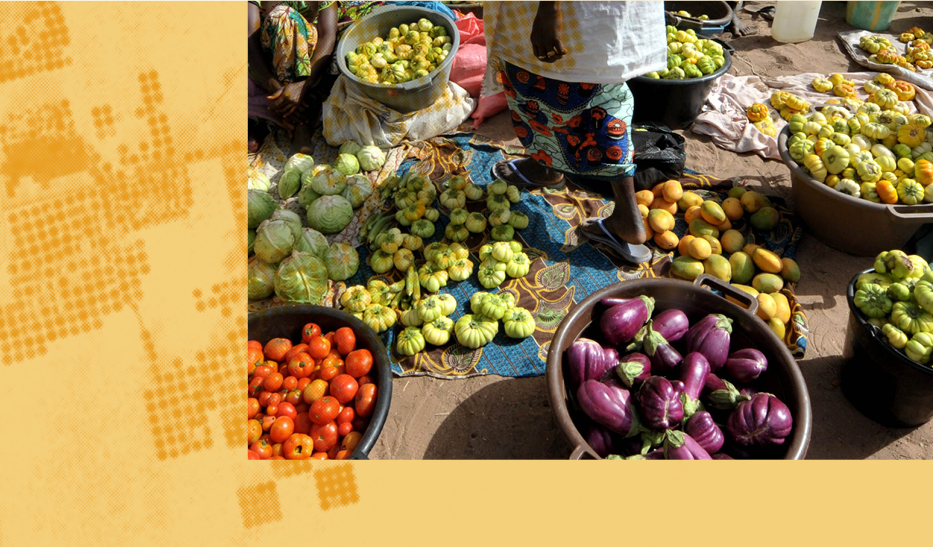Organizing stronger supply chains

In a push to modernize their agriculture sectors, several countries in sub-Saharan Africa have built agro-industrial parks – hubs that link nearby farmers to processing and agribusiness services.
But how do you make sure the right amount of quality raw material consistently reaches food processors at the right time?
That’s the subject of this latest FAO Investment Centre brief. Drawing on lessons from Côte d’Ivoire, Ethiopia and Zambia, the brief provides guidance on how to increase production and organize stronger supply chains to bring raw materials to the agro-industrial parks.
It shows the importance of sound investment planning early on, said Line Kaspersen, an FAO investment support officer based in Uganda and co-author of the brief.
“We’re pointing out practical steps that governments and development partners need to keep in mind as they embark on this agro-industrialization journey. That includes everything from calculating the investment needed to expand production areas around the parks and upgrade the skills of farmers, farmer institutions and traders, to identifying private anchor companies willing to move into the parks, knowing the process takes time,” she said.

It takes time and investment
Agricultural production in sub-Saharan Africa tends to be scattered and informal.
But the region has huge potential to increase its agricultural production and productivity given the booming demand for food commodities.
By attracting investment and sharing infrastructure and services, agro-industrial parks can reduce post-harvest losses and transaction costs, create jobs along the supply chain and drive inclusive growth.
But as Marlo Rankin, an agribusiness specialist and another co-author, pointed out, the assumption is that “you build the infrastructure, you get companies to move in and then enough supply will suddenly appear to become commercially focused. Of course, it’s not that simple.”
Many companies are still not able to run at full capacity due to sourcing challenges.
“The point is that this whole process takes a lot of time, it takes a lot of investment and it takes a lot of training, not only of farmers but also of government officials, extension workers and the private sector,” Rankin added.

More inclusive supply chains
Investment plans for the agro-processing zones give governments a chance to show investors their existing production and aggregation capacities while also pinpointing areas where additional private sector skills and investment are needed.
While the main focus of agro-industrial parks is market access, these parks are strong vehicles for farmers and small and medium enterprises (SMEs) to access knowledge and innovation, technology and finance.
Well managed, they play a critical in enhancing the capacity and human and social capital of farmers and SMEs. They also provide real job opportunities for more people, including women and youth.
For example, demand for avocadoes – both the fresh fruit and avocado oil – is growing rapidly, creating new jobs in transport or in the production of grafted seedlings.
In Zambia, the Agricultural Transformation Centre model includes lines of credit for youth entrepreneurs to buy two-wheel tractors so they can provide mechanization and tillage services to nearby maize and soybean farmers connected to the Centre.

Investing in farmers
Other key investment planning messages include the importance of balancing the needs for commercial viability with food security and nutrition concerns and of assessing potential environmental impacts.
Good coordination and monitoring of the development of agro-processing zones are also crucial. Better supply-side coordination and communication can give companies a good idea of when to settle in the parks and when they can expect to be able to source the supply of raw materials they need.
For Alberta Mascaretti, FAO Investment Centre Service Chief, the lessons in this brief are an “excellent example of why investing in agricultural human capital matters.”
“Agriculture is changing quickly, and farmers need to be able to innovate and respond rapidly to be relevant and resilient, whether that’s in meeting more rigorous food safety and quality requirements of global supply chains or using new technologies. Investing in strengthening farmers’ capacity is as equally important as building irrigation canals and warehouses,” she said.
